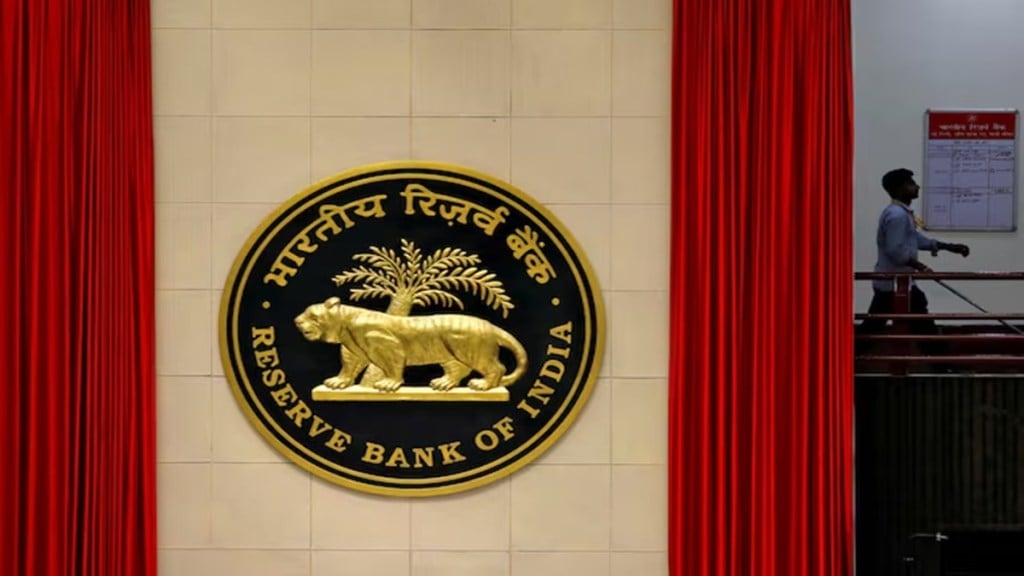“The market feels the Reserve Bank of India (RBI) has spoken, but action hasn’t followed,” said Murthy Nagarajan, head fixed income, Tata Mutual Fund, pointing to the disconnect between policy signalling and market behaviour as the reason for waning investor confidence in the Indian bond market since the June MPC policy. Since then, the 10-year government securities (G-Sec) have moved higher, hovering around 6.50% levels from a low of 6.10-6.15%.
He feels that while the RBI executed a 50 basis point (bps) rate cut in June, its simultaneous shift from an accommodative to a neutral stance nullified the easing. This shift sowed confusion among market participants, leading many to believe that further rate cuts were off the table, despite falling consumer price index (CPI) inflation and slowing growth.
The fallout has been swift. Corporate bond issuance has dropped sharply from Rs 1 lakh crore per month to an average of Rs 64,000–65,000 crore since June 2025, reflecting a broader reluctance among corporates to raise capital or invest in new capacity. Liquidity injections by the RBI, amounting to Rs 5.2 lakh crore, have failed to stimulate demand for long-dated G-Secs. Meanwhile, insurance companies are reeling from taxation changes, EPFO is increasing its equity allocation, and mutual funds haven’t seen the expected surge in inflows.
While the RBI has attempted to rebalance by reducing long-duration supply in the second half, the market remains unconvinced. Currency volatility adds another layer of complexity. With the rupee nearing 89 to the dollar and the Fed resisting further cuts, the RBI’s room to manoeuvre is constrained. However, India’s relatively high yields and stable currency still make it attractive to foreign investors, particularly in comparison to its peers, such as Indonesia and other Asian emerging markets.
Against this backdrop, Murthy has recalibrated his investment strategy. With yields rising, especially at the long end of the curve, he has shifted his focus toward longer-duration G-Secs, particularly the 15-year segment, which now offers yields comparable to or better than those of corporate bonds, moving away from his earlier preference for 3–5 year maturities. In the corporate bond space, he is opting for short-term papers, favouring accrual strategies. Then fund house is running 85% AAA and 12–15% AA+ in our corporate bond fund, aiming for alpha through potential rating upgrades.
Looking ahead, he sees room for rate cuts, especially as CPI inflation trends downward and growth projections remain subdued. However, he emphasises that action from the RBI is essential to restore market confidence. The debt market’s trajectory hinges on sustained fiscal consolidation, robust foreign institutional investor (FII) flows, and a clear, consistent monetary stance.
“It’s important to have authoritative communication from the RBI Governor himself,” said Murthy, who feels the recent remarks from the Deputy Governor have attempted to soothe market nerves, but they lack the weight and clarity needed to anchor expectations. “In a climate fraught with systemic risks from household indebtedness to fiscal slippages, investors are looking for decisive leadership. A coherent and reassuring narrative from the top is not just desirable, it’s imperative for market stability,” Murthy adds.


